Last week we celebrated International Youth Day on Wednesday, August 12. The creation of this day by the United Nations in 2000 was meant as recognition of the need “to draw attention to a given set of cultural and legal issues surrounding youth.†[1] This year the UN released a statement encouraging member states to make young people “drivers of changeâ€. While in theory elevating the current state of affairs of young people for one day each year as a tool to drive awareness is a useful exercise.  Many of us who work with youth and promote full youth participation know that more than a day is needed to address the systemic marginalization of young people in many countries but particularly in the developing world.
In many cases what is stated policy “to engage youth as assetsâ€, and the “largest and most rich untapped resource†is mostly rhetoric that manifests itself in programs mostly designed to “fix†the youth problem. What does it mean to make youth “drivers of changeâ€? What happens the days and weeks after International Youth Day? In order to find out I spoke with four of the youth organizations that I had the pleasure to meet while in East Africa supporting the design of a youth in agriculture program.
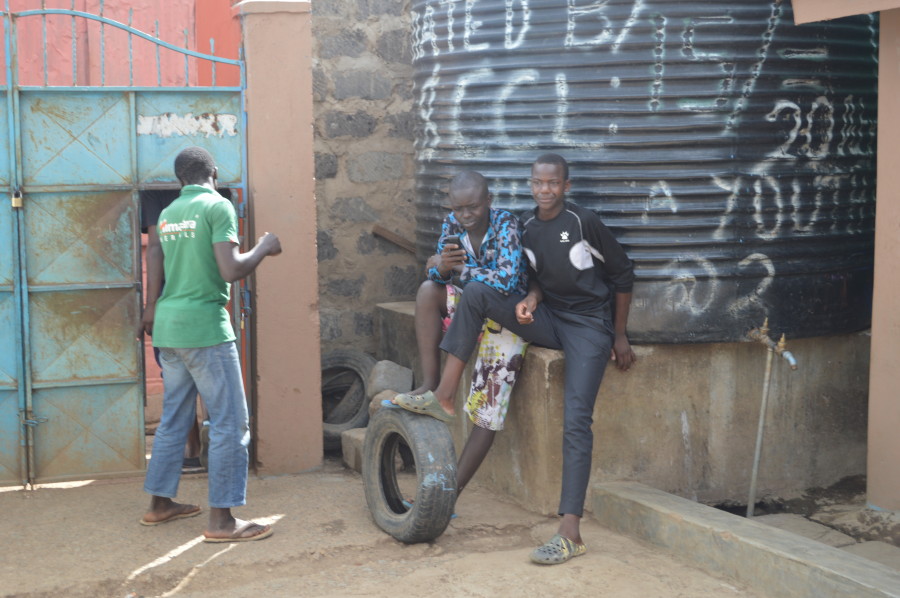
When we tried to come to the table we were told it was full
What I found was young, motivated, and energetic community based organizations (CBOs) that were struggling with challenges so daunting and yet fairly simple to solve if in fact there was a will to truly partner with youth-run groups.
So I called and Skyped and asked how was your International Youth Day? In Uganda, one organization was asked by local officials to bring out their youth members for a demonstration event on International Youth Day, when asked if they could follow up and meet to discuss the mission and projects of the group, they were told, “ There is already one youth group representative we work withâ€
In my conversation with the executive director of a program in rural Mbeya, Tanzania, I asked if the organization participated in any International Youth Day events? “ Yes, we were able to make provisions for one of our farmers to attend the event.â€Â  As a follow up questions I asked was the organization able to follow up on any of the contacts that were interested in engaging youth? The Executive Director had followed up and had received a no from each of the proposals that the organization submitted. When I asked if he knew why he went on to tell me, “We are considered too young an organization and we did not have audited financials.â€
The total budget for this particular CBO in Mbeya was $1,900 last year. This was how much they were able to raise on their own with some assistance from a larger international NGO.  Local audits are between $1,000 and $2,000 based on a quick comparison shopping with local accounting providers. While the need to have coherent financial accounting of donor funds is critical to effective management of funds the chicken and egg scenario we discussed was quite discouraging even for me. If only the organization had more experience and money to meet the criteria and yet if they had the money and experience they would likely not need the help they do to qualify. All of the conversations I had with each entity in different stages of maturity and sectors showed me that youth were organized and trying to gain access to the formal civil society sector.
Concrete Steps to Support Youth CBOs
My number one recommendation for development agencies that want to have real engagement with youth run CBOs is support these organizations and help them grow. There is no sense in encouraging youth participation if they are not going to be welcomed at the table because they are too young in experience or don’t have the past performance to compete with other development actors. Young run organizations need support to get started. After my statistically invalid survey of youth-run CBOs in East Africa, I learned there are some things that could be useful for these organizations during the other 364 days of the year, including:
- Structure mentoring programs with access to financial incentives. Mentoring takes time for both the mentee and the mentor, while these relationships have proven to show dividends it would be helpful to have access to some financial resources such as grants, competitive awards for organizations in this type of NGO leadership mentoring program to offset the costs of spending this time away from fundraising.
- Establish Youth-Run CBO Funds, similar to Youth Funds that have been established to assist young entrepreneurs, not everyone is going to start a business. There should be funds available for youth CBOs in the priority areas identified in the countries development strategy. Such as the successful Youth Bunge Model supported by USAID Kenya has more than 15,000 village-level democratic groups or “bunges†registered with the Government of Kenya.[2]
- Provide extra points in program evaluations for large NGOs collaborating with budding youth organizations. This will help alleviate some of the perceived credibility concerns of some of these CBOs and will allow them to get on their feet and prove performance.
- Support Universities with student run CBOs that prove successful and potentially scalable. Support at the University level could serve as a sort of incubator for CBOs.
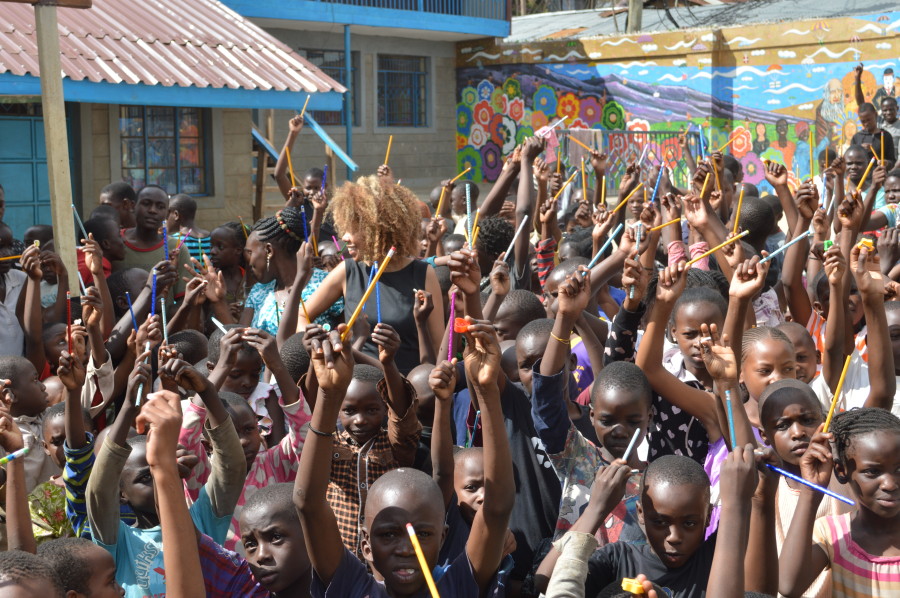
With over 200 million persons (aged between 15 and 24, the youth bracket)[3] in sub-Saharan Africa under the age of 25, more needs to be to include young people trying to support their communities in all sectors of the economy. The idea that young people need to be occupied in activities until they have enough money, age and experience to fully participate or be useful is not particularly helpful. Â Youth see through this fakeness and begin to waiver in their convictions as institutions erode their confidence.
Long-term engagement programs such as 4-H and others that promote positive youth development have been shown to triple the likelihood of youth contributions within their communities. All that is needed is true desire for partnership, trust and commitment for youth to be encouraged to find their path as leaders not just for the future but also as drivers of change and innovation, today.
[1] http://undesadspd.org/Youth/OurWork.aspx
[2] https://www.usaid.gov/news-information/frontlines/youth-mobile-technology/community-‘parliaments’-kenya’s-youth-find-voice
[3] www.un.org/africarenewal/…/africa’s-youth-“ticking-time
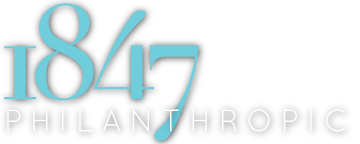
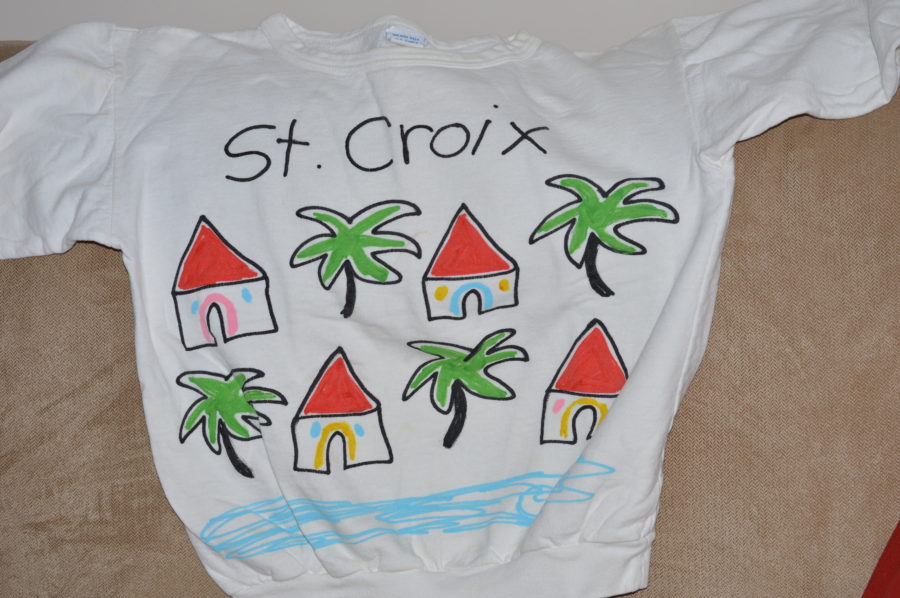 One of three special items I took with me when we left St. Croix.
One of three special items I took with me when we left St. Croix.
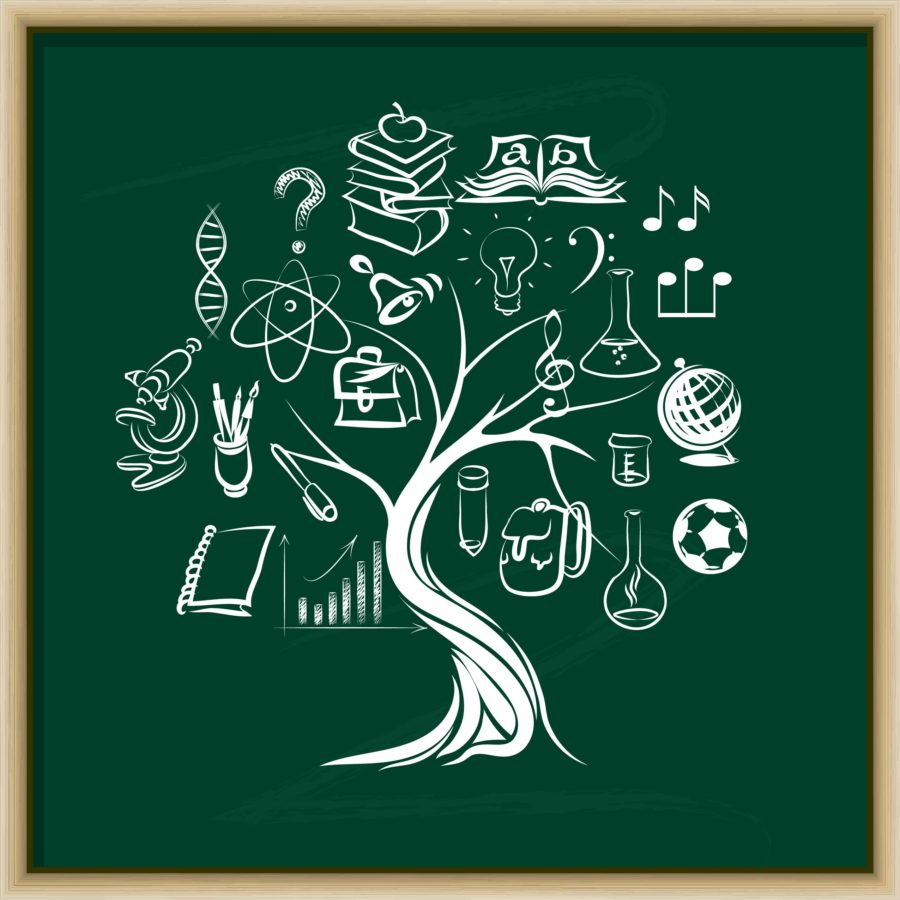 The discussion around economic growth during the IMF and World Bank Spring meetings, the World Economic Forum Africa meetings in Kigali, and the G20 meetings in China quickly turns to the bulging inactive youth population presence in most developing countries. Not limited to but particularly in sub-Saharan Africa the conference discussion moves to why such startling numbers of adolescents are unemployed. In fact, while sitting at the library writing this blog post one glance around makes it apparent that the surrounding chairs, desks, and hallways are full of idle and economically unproductive young males between the ages of 18-30, languishing away in the middle of the day. Surely they can’t all be working from home using the library as a change of location hoping the walk will accomplish the practice of “hitting two birds with one stone†by getting in from the outing some much needed exercise. Most of these young men are using the library as a place to charge their cell phones or to gain momentary relief from the extreme temperatures of cold and heat. Some may be applying for jobs and others lingering around waiting to use the less than plentiful computers in the libraries’ media/technology center.  Because so many young men in their most productive years are not drawing a paycheck, globally this lack of productivity has led to both a fiscal and education collapse. While this library is a world away from the places where most of 1847 Philanthropic’s work is focused, what has become very clear is that there is a worldwide education and unemployment crisis.
The discussion around economic growth during the IMF and World Bank Spring meetings, the World Economic Forum Africa meetings in Kigali, and the G20 meetings in China quickly turns to the bulging inactive youth population presence in most developing countries. Not limited to but particularly in sub-Saharan Africa the conference discussion moves to why such startling numbers of adolescents are unemployed. In fact, while sitting at the library writing this blog post one glance around makes it apparent that the surrounding chairs, desks, and hallways are full of idle and economically unproductive young males between the ages of 18-30, languishing away in the middle of the day. Surely they can’t all be working from home using the library as a change of location hoping the walk will accomplish the practice of “hitting two birds with one stone†by getting in from the outing some much needed exercise. Most of these young men are using the library as a place to charge their cell phones or to gain momentary relief from the extreme temperatures of cold and heat. Some may be applying for jobs and others lingering around waiting to use the less than plentiful computers in the libraries’ media/technology center.  Because so many young men in their most productive years are not drawing a paycheck, globally this lack of productivity has led to both a fiscal and education collapse. While this library is a world away from the places where most of 1847 Philanthropic’s work is focused, what has become very clear is that there is a worldwide education and unemployment crisis.

